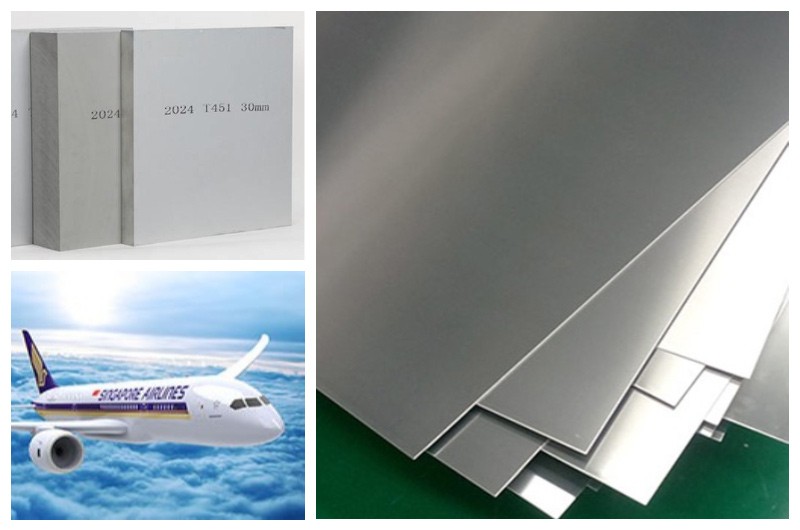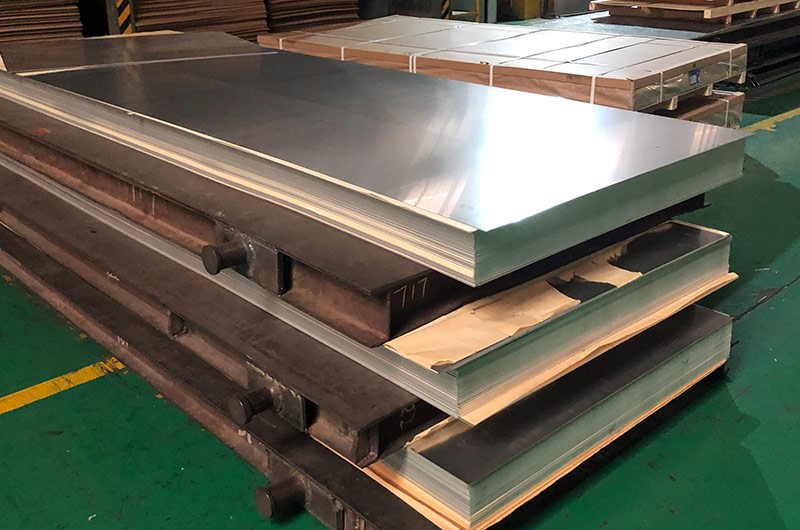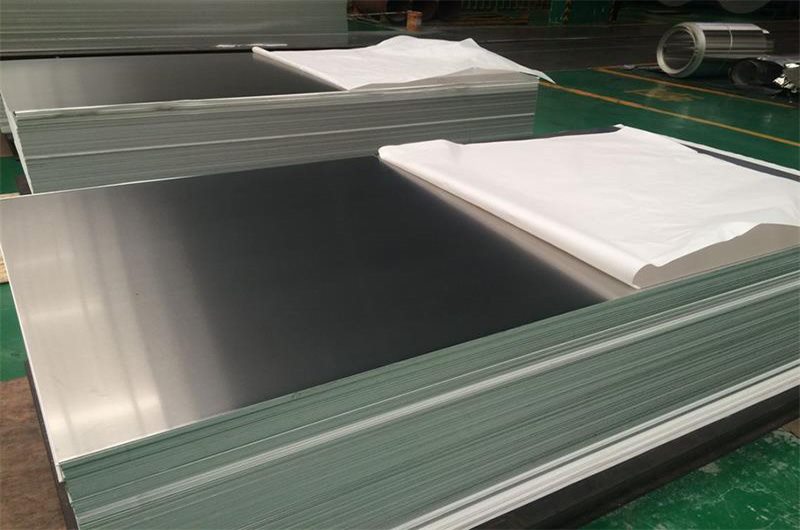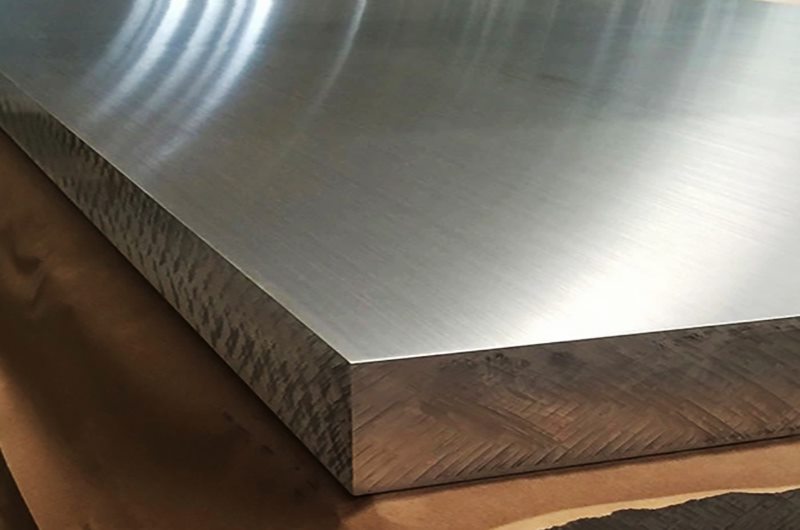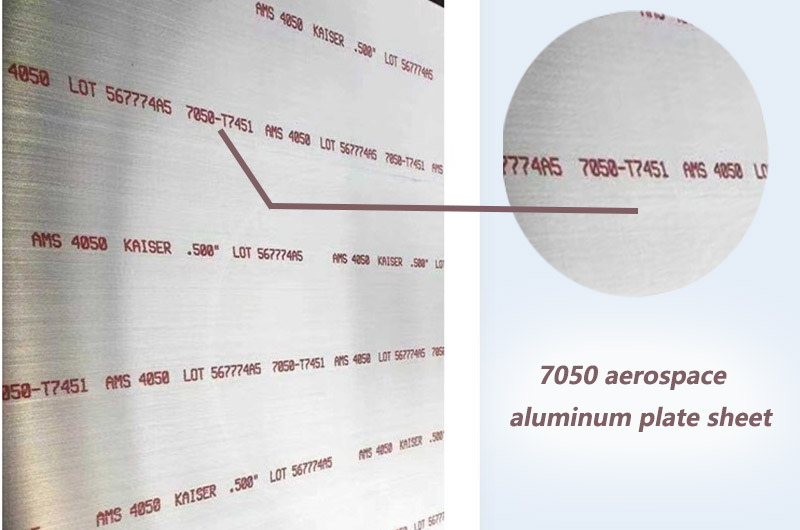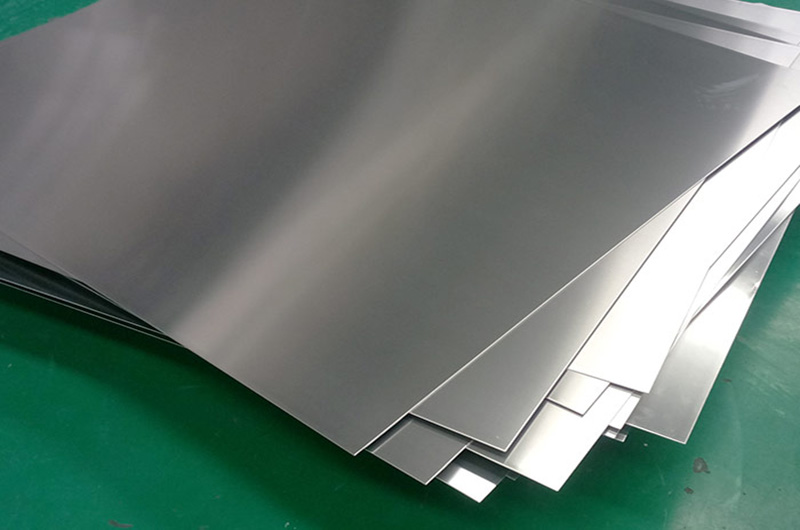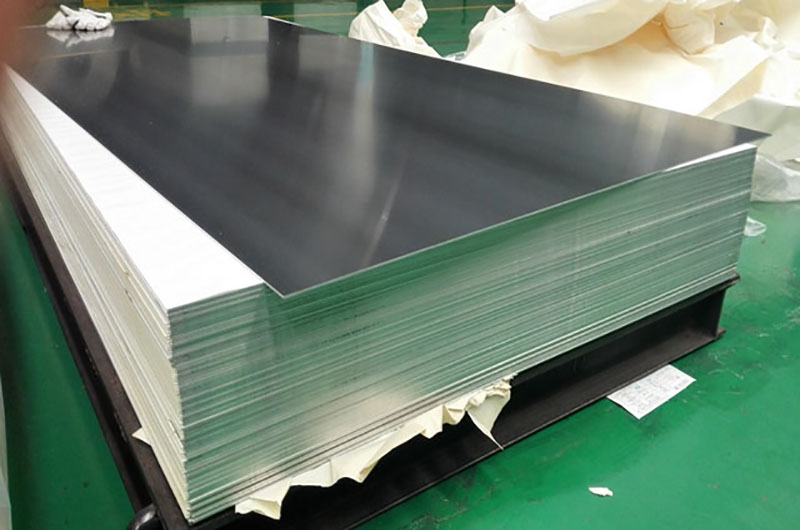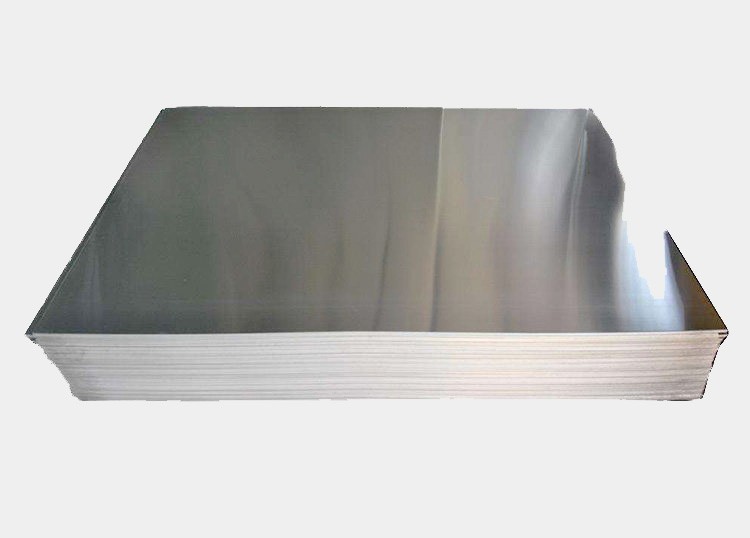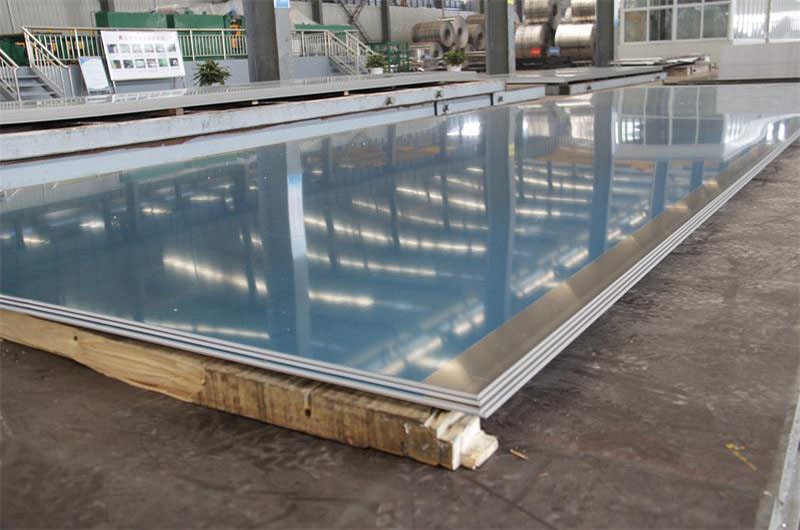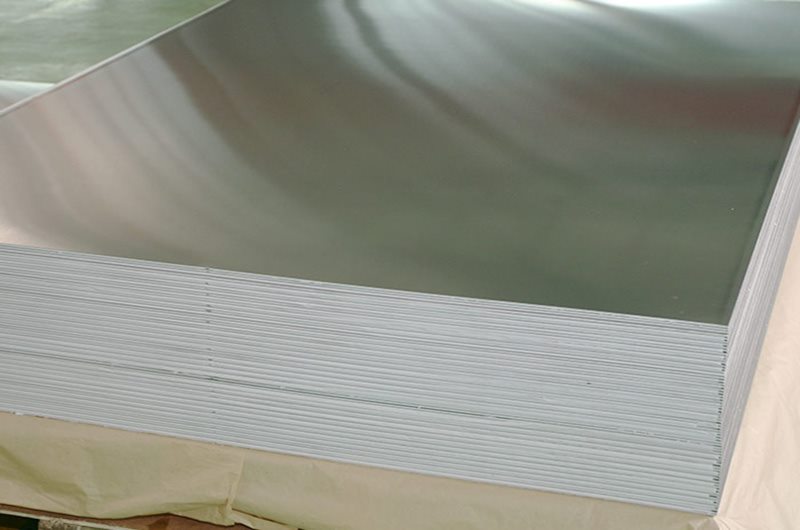Aviation aluminum is a material commonly used in the aviation industry and has a range of advantages and disadvantages.
Aviation aluminum profiles generally refer to 7 series aluminum alloy profiles, which have the highest hardness value among all aluminum alloys.
Advantages of Aerospace aluminum
- Lightweight and high strength: Aviation aluminum has good strength and stiffness while being relatively lightweight. This allows the aircraft to reduce overall weight and improve fuel efficiency while maintaining structural strength.
- Corrosion resistance: The surface of aviation aluminum materials is usually treated with anti-corrosion treatment, which can resist corrosion in the atmosphere and extend its service life.
- Electrical conductivity: Aviation aluminum has good electrical conductivity and can be used in aircraft electrical systems and structural components.
- Easy to process: Aviation aluminum materials are easy to process and form, and can adapt to complex aircraft structural designs and improve production efficiency.
- Recyclability: Aviation aluminum is a recyclable material, which is conducive to reducing resource waste and conforms to the concept of environmental protection.
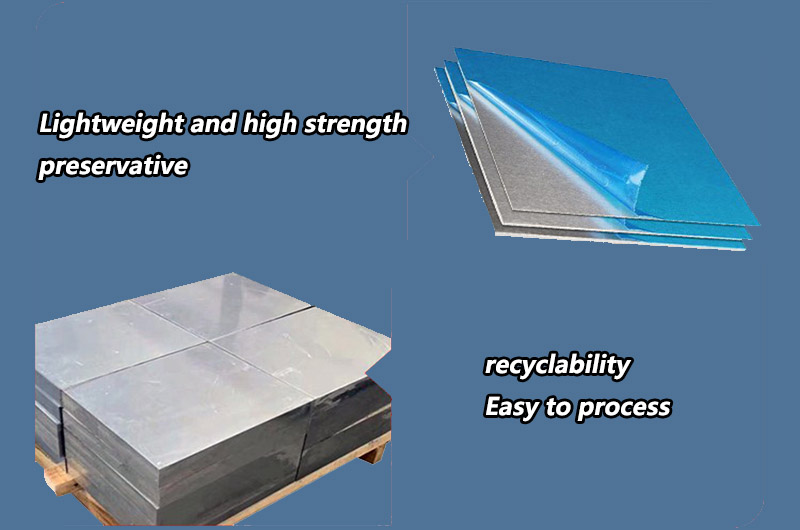
Aerospace aluminum Disadvantages
- Low melting point: The melting point of aviation aluminum is relatively low and may lose some strength in high-temperature environments. For aircraft in high-temperature environments, careful selection is required.
- Fatigue Life: Aerospace aluminum is susceptible to fatigue damage, especially after experiencing multiple cyclic loads, which can lead to cracks and failure.
- Not suitable for supersonic flight: As flight speed increases, aviation aluminum materials may face aerodynamic and temperature limitations and are not suitable for supersonic or hypersonic aircraft.
- Sensitive to Corrosive Environments: Although aerospace aluminum is treated to prevent corrosion, it can still be affected in extremely corrosive environments, requiring additional protective measures.
- High cost: Some high-performance aviation aluminum alloys may have higher manufacturing costs, which may have a certain impact on overall aircraft manufacturing.
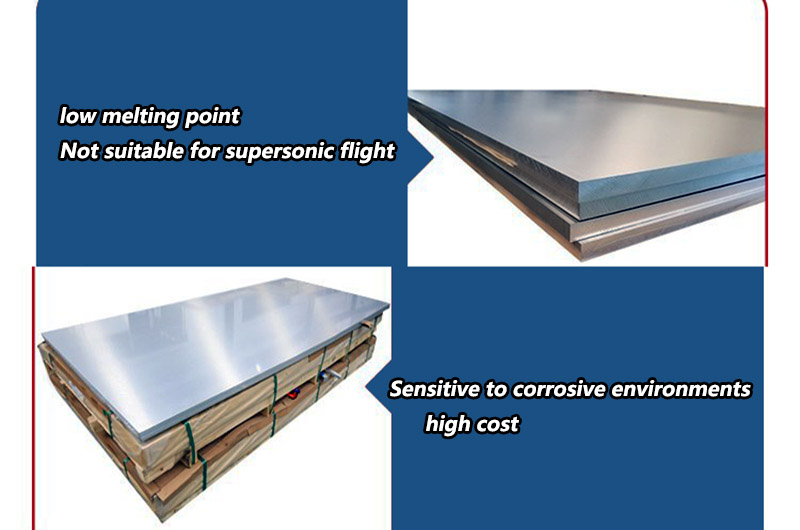
Aviation aluminum profiles generally refer to 7 series aluminum alloy profiles, while ordinary aluminum profiles are used in our daily production and life, generally 6 series aluminum alloy profiles, such as construction aluminum profiles, industrial aluminum profiles, etc. are all ordinary 6 series Aluminum alloy profiles.
- 1. Aviation aluminum profiles cannot be welded and can only be connected by other methods. In ordinary buildings, industrial aluminum profiles can be welded, so their application fields are wider.
- 2. The higher the hardness of the aluminum profile, the more difficult it is to form, so the cost of aviation aluminum profiles is very high. Our ordinary 6 series aluminum alloys (commonly used 6063, 6061, etc.) have medium hardness, are easy to be extruded and formed, and have low production costs.
- 3. The corrosion resistance of 7 series aluminum alloy is very poor, so the surface must be treated with special processes, which increases the cost. The 6 series aluminum alloy itself has certain corrosion resistance. If the surface is anodized, the corrosion resistance can be greatly improved.
Overall, as an aircraft structural material, aviation aluminum has significant advantages in terms of lightweight, strength and corrosion resistance, but it also needs to weigh some of its shortcomings in specific environments and applications. In aircraft design, a combination of materials is often considered to meet different requirements.
Informations you may be interested in:

